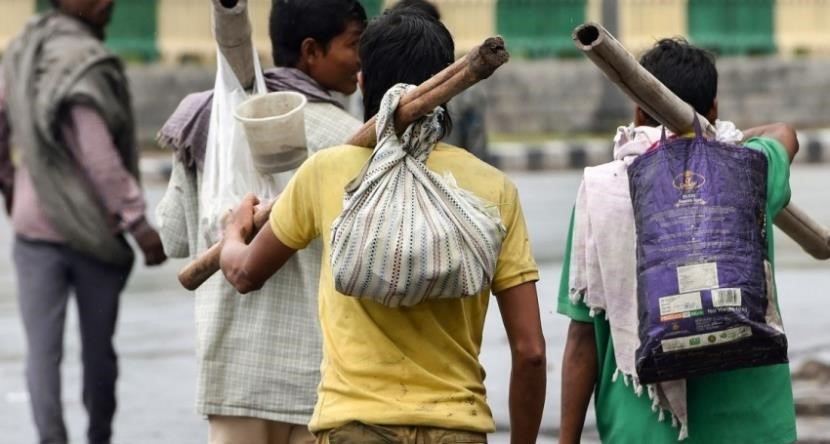
Periodic Labor Force Survey (PLFS) Annual Report 2022-2023

11.10.2023
Periodic Labor Force Survey (PLFS) Annual Report 2022-2023 , Daily Current Affairs , RACE IAS : Best IAS Coaching in Lucknow
|
For Prelims:PLFS Annual Report 2022-2023,Periodic Labor Force Survey For mains:Features of PLFS Annual Report 2022-2023,Objective of PLFS Indicators of this survey: |
Why in the news?
Recently, the Periodic Labor Force Survey Annual Report 2022-2023 was released, in which India's unemployment rate was found to be at a six-year low in July 2022-June 2023.
Key Findings of PLFS Annual Report 2022-2023:
- The labor force participation rate (LFPR) and worker-population ratio (WPR) for persons aged 15 years and above improved during this period.
- LFPR in urban areas for persons aged 15 years and above increased from 47.5% in April-June 2022 to 48.8% in April-June 2023.
- The WPR in urban areas for persons aged 15 years and above increased from 43.9% in April-June 2022 to 45.5% in the same months this year.
- During this period, it increased from 68.3% to 69.2% for males and from 18.9% to 21.1% for females.
About Periodic Labor Force Survey (PLFS):
- Recognizing the importance of availability of labor force data at more regular intervals, the National Statistical Office (NSO) launched the Periodic Labor Force Survey (PLFS) in April 2017.
- The survey is conducted by the National Sample Survey (NSO) functioning under the Ministry of Statistics and Program Implementation (MoSPI).
- The sixth annual report has been released by NSSO based on the Periodic Labor Force Survey conducted during July 2022-June 2023.
Features of PLFS Annual Report 2022-2023:
- A total of 12,714 FSUs (6,982 villages and 5,732 urban blocks) have been allotted for promotion of PLFS Schedule (Schedule 10.4) out of the total number of 12,800 FSUs (7,024 villages and 5,776 UFS Blocks) allotted for the survey at all India level during July 2022- June 2023. ) was surveyed.
- The number of households surveyed was 1,01,655 (55,844 in rural areas and 45,811 in urban areas).
- The number of persons surveyed was 4,19,512 (2,43,971 in rural areas and 1,75,541 in urban areas).
- The total number of persons aged 15 years and above surveyed was 3,20,260 (1,81,049 in rural areas and 1,39,211 in urban areas).
Objective of PLFS:
- To estimate key employment and unemployment indicators (e.g. worker population ratio, labor force participation rate, unemployment rate) over a short time interval of three months for urban areas only in 'Current Weekly Situation' (CWS).
- To estimate employment and unemployment indicators in both 'normal situation' (PS+SS) and CWS in both rural and urban areas annually.
Indicators of this survey:
The Periodic Labor Force Survey (PLFS) gives estimates of key employment and unemployment indicators, such as Labor Force Participation Rate (LFPR), Worker Population Ratio (WPR), Unemployment Rate (UR), etc. The indicators, and 'General Situation' and 'Current Weekly Situation' are described as follows.
- Labor Force Participation Rate (LFPR): LFPR is defined as the percentage of individuals in the labor force (i.e. working or looking for work or available) in the population.
- Worker Population Ratio (WPR): WPR is defined as the percentage of employed persons in the population.
- Unemployment Rate (UR): UR is defined as the percentage of unemployed persons in the labor force
- Current Weekly Status (CWS): The activity status determined based on the reference period of the last 7 days before the date of survey is known as the individual's Current Weekly Status (CWS)
Normal status: The normal status of an individual is determined based on the activities performed by the individual during a specified reference period. When the activity status is determined based on the reference period of the last 365 days before the date of the survey, it is known as the usual activity status of the individual.